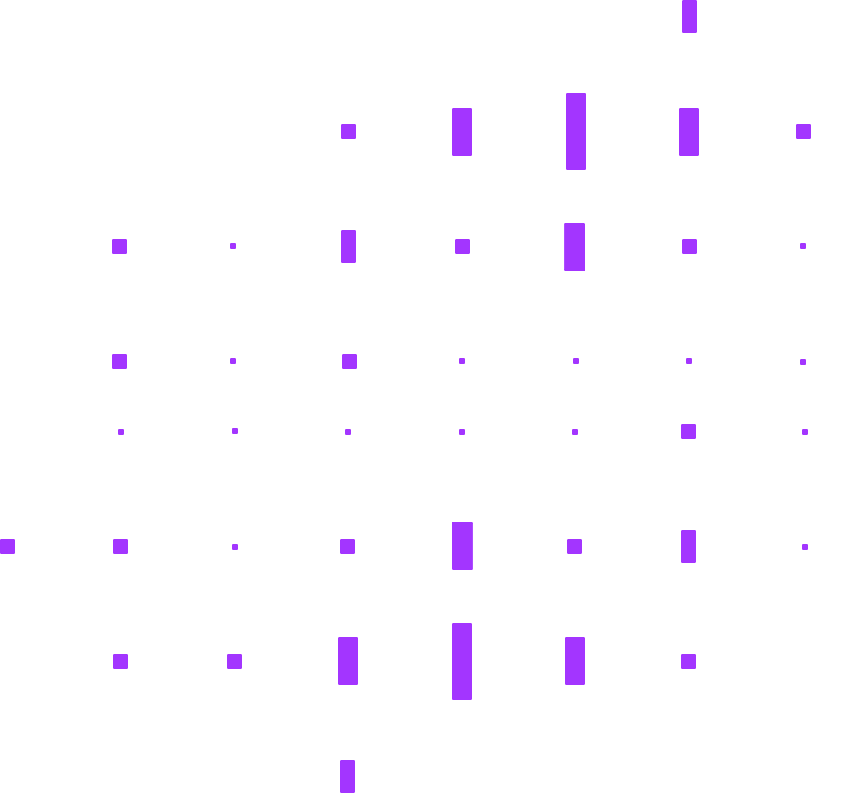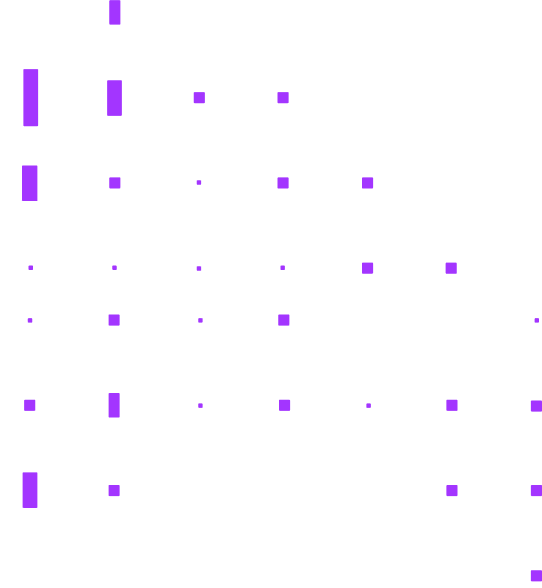Designing Hiring Processes: An Introduction
An organization’s hiring process outlines how a hiring manager intends to evaluate candidates to determine if they will perform well and be a good fit in a particular role. Many organizations follow a process that includes a job application, collecting resumes or CVs, and conducting interviews. But this is not always the best approach when the goal is to find a candidate who will be a good match for the company and the role. Additional planning and design of the hiring process is needed to identify candidates with the necessary key skills, abilities, attributes, and attitudes to succeed.





